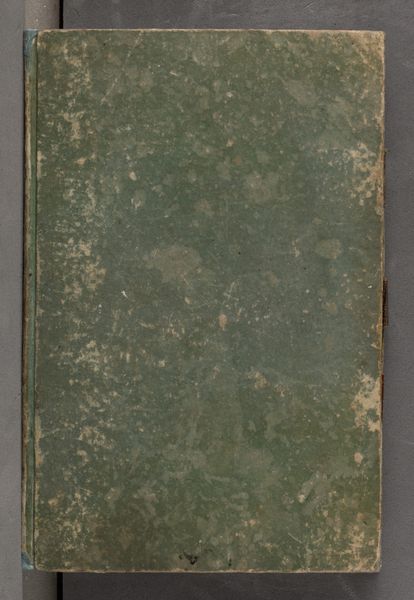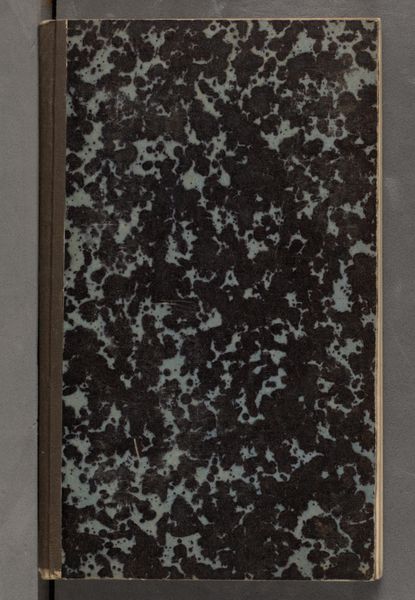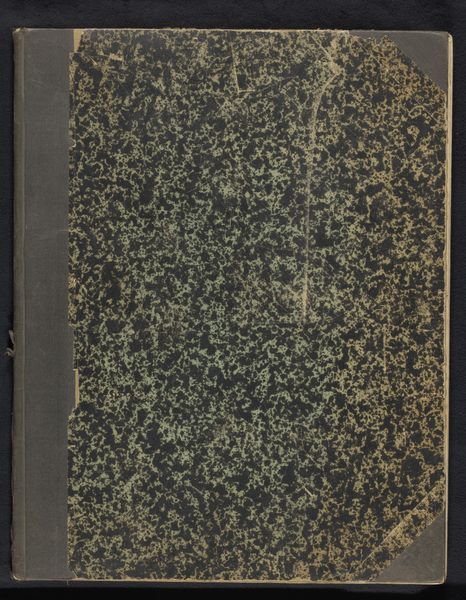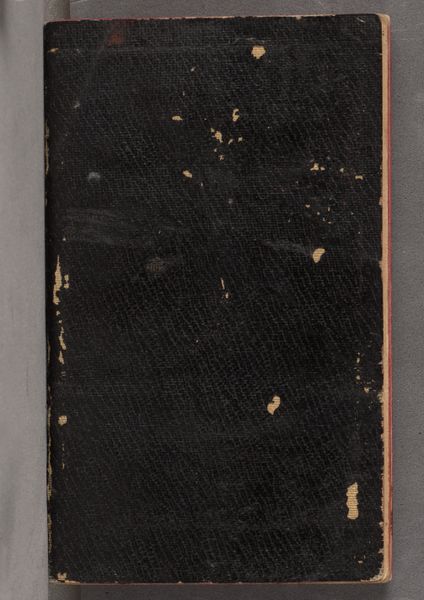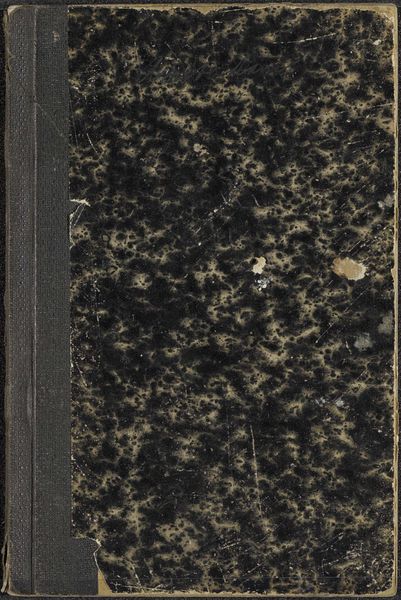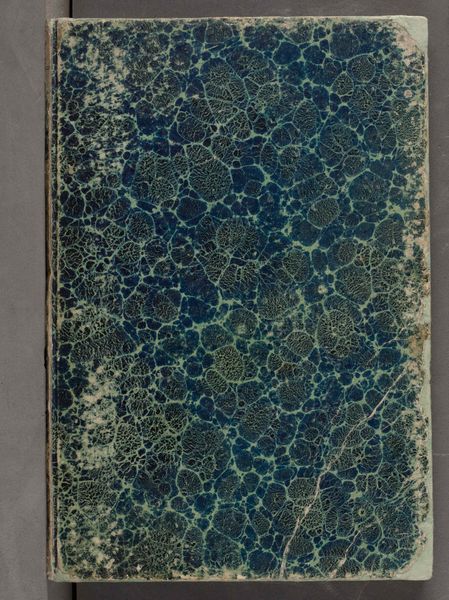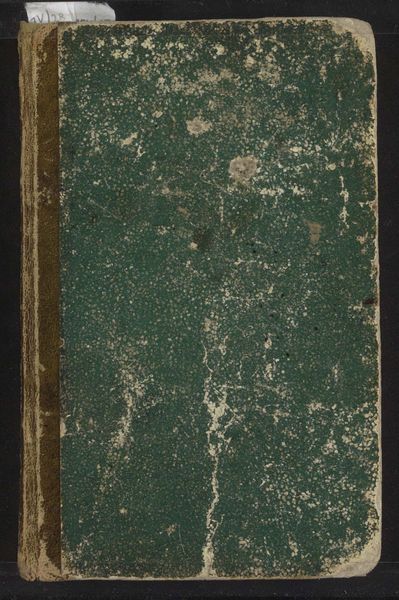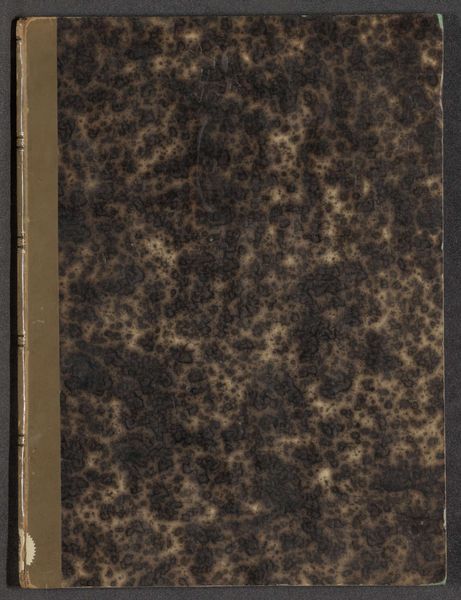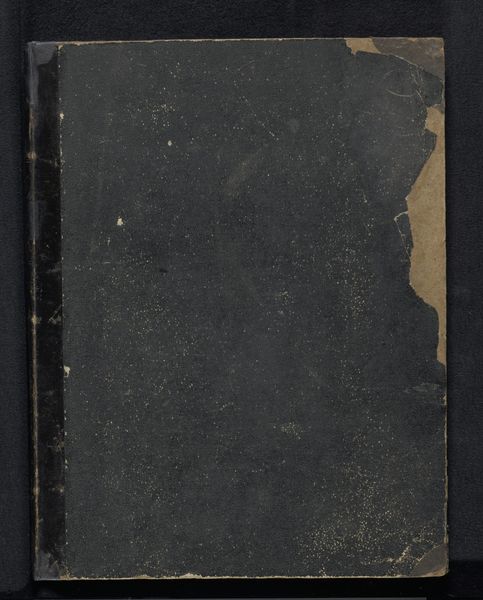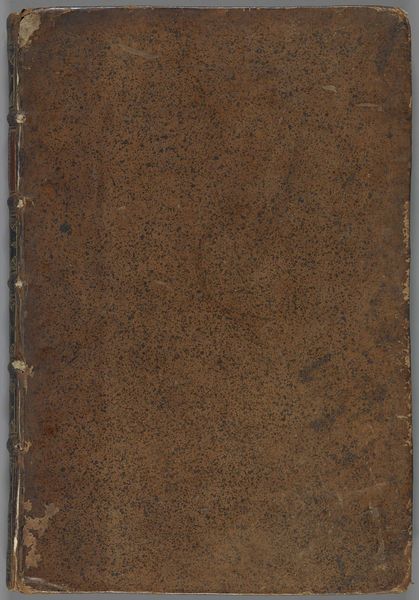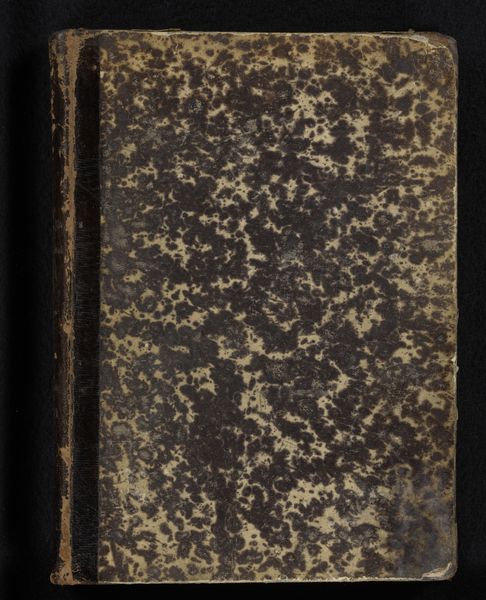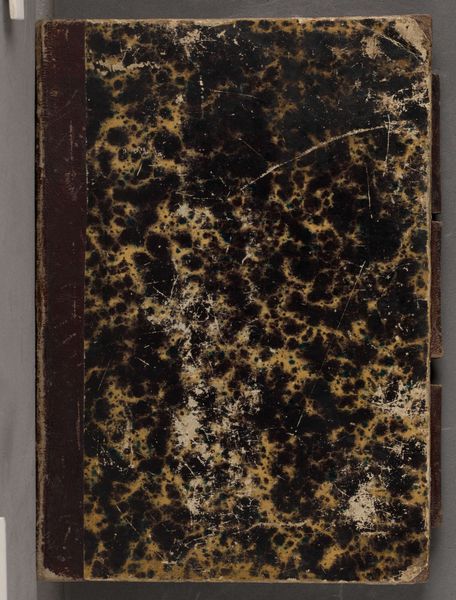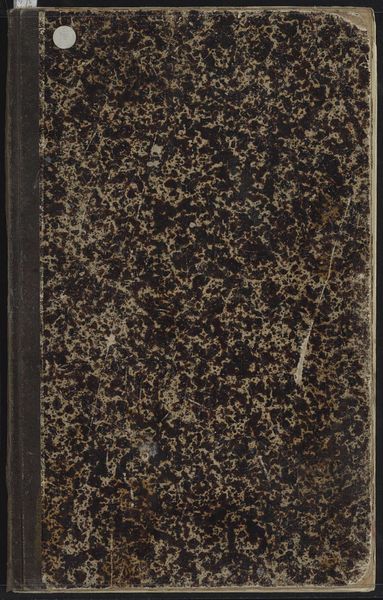
drawing, print, paper, ink
#
drawing
# print
#
book
#
paper
#
ink
Copyright: Public Domain
Curator: At the Städel Museum we have “Skizzenbuch” from 1847, created by Ludwig Metz. It's an object composed of ink, drawing, and paper. When I look at it, it’s more than just a book, right? Editor: It absolutely evokes a sense of intimate history. The cover, with its mottled and faded appearance, feels like a visual echo of untold stories. Curator: Right! As an object, a sketchbook reflects a cultural value placed on artistic practice, personal documentation, and intellectual development. Museums hold these kinds of objects as a testament to a person's creative activities, as an essential document of its time. It really embodies cultural and social themes! Editor: Thinking iconographically, the book itself represents knowledge, wisdom, and personal growth. Its pages, potentially filled with sketches and ideas, whisper possibilities and creativity, almost acting as an oracle. It makes one wonder about what's actually *inside* and the journey they undertook as a source for ideas and memories. Curator: Exactly! During the 19th century, sketchbooks grew as part of an artist's formation, capturing immediate responses to the changing social and political landscapes. As such, “Skizzenbuch" could shed light on social conditions of 1847, considering the growing unrest and revolutions across Europe. Editor: Yes! Even this surface texture, like the cracked and aged cover, carries a metaphorical weight. It's suggestive of vulnerability, also a possible indicator of the intellectual and emotional struggles inherent in creative practice. Curator: To think this material could offer insight into public reception... I wonder how our contemporary understanding is framed around those that were historically powerful? Does that create a bias today? Editor: Maybe! From an iconographic standpoint, I’m thinking the potential for hidden or coded meanings can inspire a continued pursuit of deeper meaning behind it. The potential of that "inner content" inspires such deep dives... Curator: Seeing “Skizzenbuch” has made me reflect on how the book’s presence highlights the social dimensions and conditions of art, while also encouraging us to explore history through the lens of art and visual culture. Editor: Indeed. For me, the allure of its worn cover and mysterious pages lies in its invitation to decipher hidden stories, the echo of human intention, and the enduring power of simple images.
Comments
stadelmuseum about 2 years ago
⋮
Between July 1847 and October 1848, Ludwig Metz undertook various excursions to Salzburg, Lake Garda, Venice, Trento, Verona, Munich, Marburg, Nuremberg and Bamberg. A logical route can only be roughly backtracked if we assume that Metz did not fill the sketchbook systematically from front to back but, rather, turned random pages while drawing, or that he recorded different trips in this sketchbook. Metz mainly used the pencil to jot down architectural motifs, especially from medieval sacral buildings, to which he sometimes added colour notes and measurements. As in many of his other sketchbooks ‒ as is common for plan drawings ‒, he tinted the supporting walls in the ground plans and details in the cuts mostly with a brush in red. Besides the historical buildings, he also carefully studied the church of St. Ludwig in Munich, built by Friedrich von Gärtner between 1829 and 1844.For a full sketchbook description, please see “Research”.
Join the conversation
Join millions of artists and users on Artera today and experience the ultimate creative platform.
